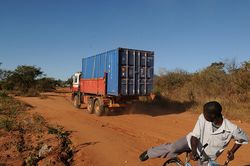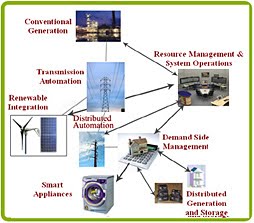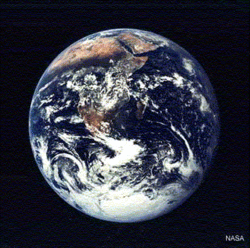Think of this as Volume 15, Number 29 of A-Clue.com, the online newsletter I've written since 1997. Enjoy.

Now they do. Or they will. Thanks to satellite, Internet, and solar technology, remote villages that previously had no access to electricity or the Internet can now get it.
For electricity this comes in the form of a mini-grid, a local 11 KV village electrical network that may be powered by solar, wind or biomass.
Sophisticated sensing, control and communication is required to make such a grid possible, but that's just chips and software. As one Indian customer told the AP, “Now we have light. We can move on, maybe expand with another solar panel and get a TV."
You can't imagine what it means to have electric light or a TV unless you have never had it. It brings light to the night, allowing people to read and learn after a long day's work. This can transform the lives of children, connecting them to the outside world for the first time.
But it's not as good as an Internet connection.

Now Computer Aid International has launched the Zubabox, a container that can be hauled into a village by truck and delivers a real Internet cafe. We're talking low-power laptops and flat screens, plus a satellite dish for Internet connectivity, all powered by solar panels.
This means Zambian kids can do serious research using Google, that farmers can know what prices to expect when they go to market, that they can get real connections to produce better crops and support their livestock.
Such systems are really top-end. More typical will be solar-powered cell towers and solar mats with which villagers can maintain power to the phones without going back to town.
The impact of all this cannot be underestimated. Imagine what it must have been like in France, in the mid 19th-century, to suddenly be able to learn about the outside world through the telegraph. Now consider that you're not just delivering telegraphy, but telephony and data services, even (in some cases) broadband, to places that had previously been locked in the pre-Victorian era.
Millions more people are going to be connected to world markets, millions more are going to have limited access to the same educational resources your kids have, millions more are going to have lights, TV, and the full range of services the West has long taken for granted.

You may feel a threat from all those minds competing with you to imagine the future, but I don't. And there are important lessons here for the development, or re-development, of America's electrical and Internet grid. It doesn't have to be huge, and expensive. It doesn't have to be infrastructure in order to deliver the benefits of infrastructure.
The phone and electric utilities that have been holding out against the rewiring of America's rural backwaters now have competition. While whole villages may require these systems in India or Africa, individuals can afford them here. So you really can live anywhere, work from anywhere, be productive and connected from anywhere.
Which is how the revolution comes back home.










